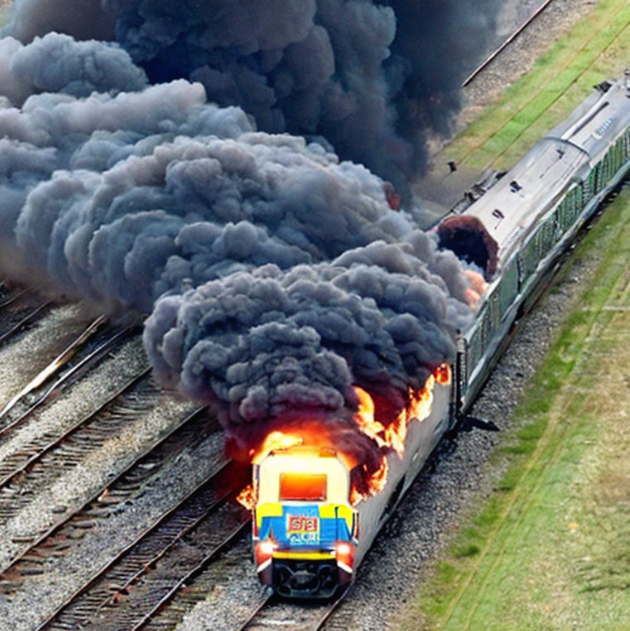February 20, 2023
Ohio Train Derailment: Assessing the Environmental and Health Risks
Book a Demo
On February 14, 2023, a train carrying toxic chemicals derailed in Ohio, causing widespread concern about the potential environmental and health risks of the incident. Several news outlets, including The Washington Post, The New York Times, Bloomberg Law, and The Conversation, reported on the incident and its aftermath. In this blog post, we’ll summarize the key findings from these sources to provide a comprehensive assessment of the risks associated with the Ohio train derailment.
According to The Washington Post, the train was carrying a variety of toxic chemicals, including benzene, a known carcinogen. The derailment caused several of the train cars to spill their contents, resulting in toxic contamination of the surrounding area. Emergency responders were immediately dispatched to contain the spill and begin cleanup efforts.
The New York Times reported that local residents were evacuated from their homes as a precautionary measure. Some residents reported experiencing symptoms such as headaches, nausea, and dizziness, which are consistent with exposure to toxic chemicals. The Times also noted that air and water quality testing was being conducted by the Environmental Protection Agency (EPA) to assess the extent of the contamination.
Bloomberg Law provided additional details on the EPA’s response to the incident, stating that the agency was testing the air and water for a range of chemicals, including benzene and other hazardous air pollutants. The agency was also coordinating with state and local officials to ensure that the cleanup efforts were carried out in accordance with federal regulations.
In an article for The Conversation, environmental engineer Andrea Hicks assessed the long-term risks associated with the Ohio train derailment. Hicks noted that the risk of long-term health effects from exposure to toxic chemicals depends on the duration and intensity of the exposure, as well as the toxicity of the chemicals involved. She emphasized the importance of continued monitoring of the affected area and of providing support and resources to the affected communities.
In conclusion, the Ohio train derailment was a serious incident that resulted in toxic contamination of the surrounding area. The extent of the environmental and health risks associated with the incident will depend on the results of ongoing testing and monitoring efforts. It is crucial that federal, state, and local officials work together to ensure that the affected communities are provided with the resources and support they need to recover from this incident.



